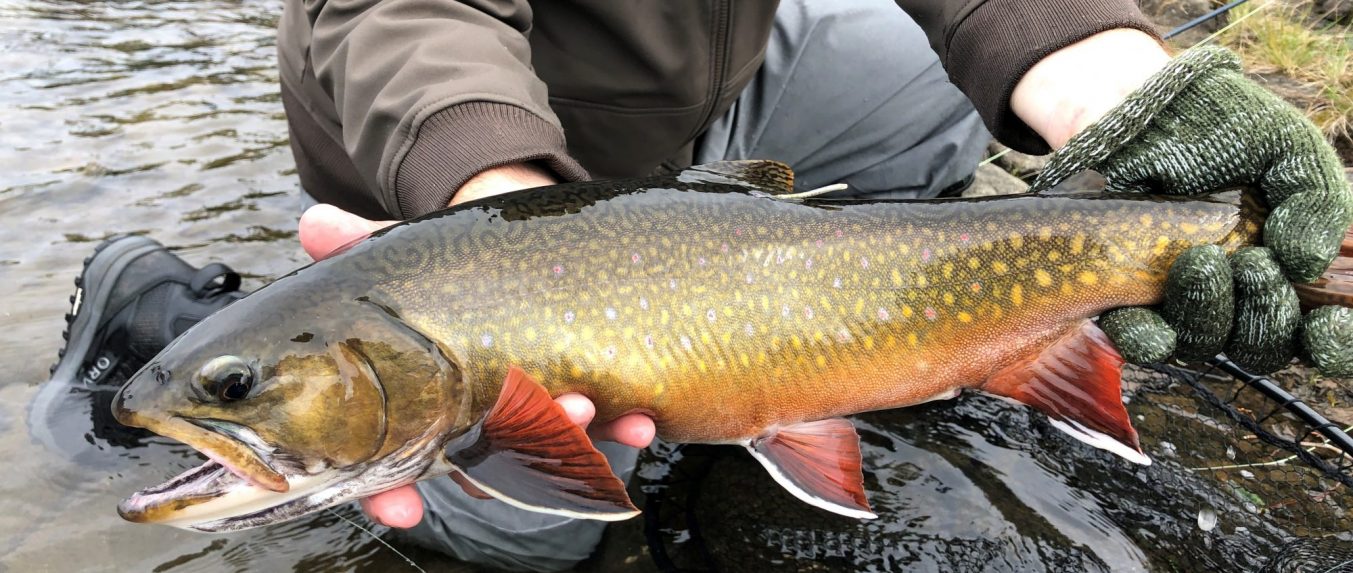
Handling and Releasing Brook Trout
Back to Superior Country BlogI’ve been a Brook Trout angler my whole life, over the years I’ve learned the importance of properly handling Brook Trout, as well as learning that a safe release is just as important. I have fished all over the continent for them and have guided hundreds of anglers to their personal best Brookie. I’ve caught, handled and released thousands of these Brook Trout, from tiny creek specs the length of my index finger to monsters that look like spotted footballs. My love and respect for the species grows every season. They are tough, and beautiful and survive release well if treated with care. We know this thanks to the hundreds of brookies that have been caught, tagged and released in Superior Country over the years.

Just this past season, I handled two dozen trophy Brook Trout that had been previously tagged by other anglers or fisheries scientists. All were in excellent health. Years ago, a brook trout I tagged as part of a cooperative angler program, was recaught four times in one season. The district biologist of the day nicknamed that fish “lucky.” However, lucky was carefully caught and released. Handling Brook Trout properly is utmost important, if not handled well, they can die after release. So, lets look at things to you can do to reduce injuring fish you want to return to the water.
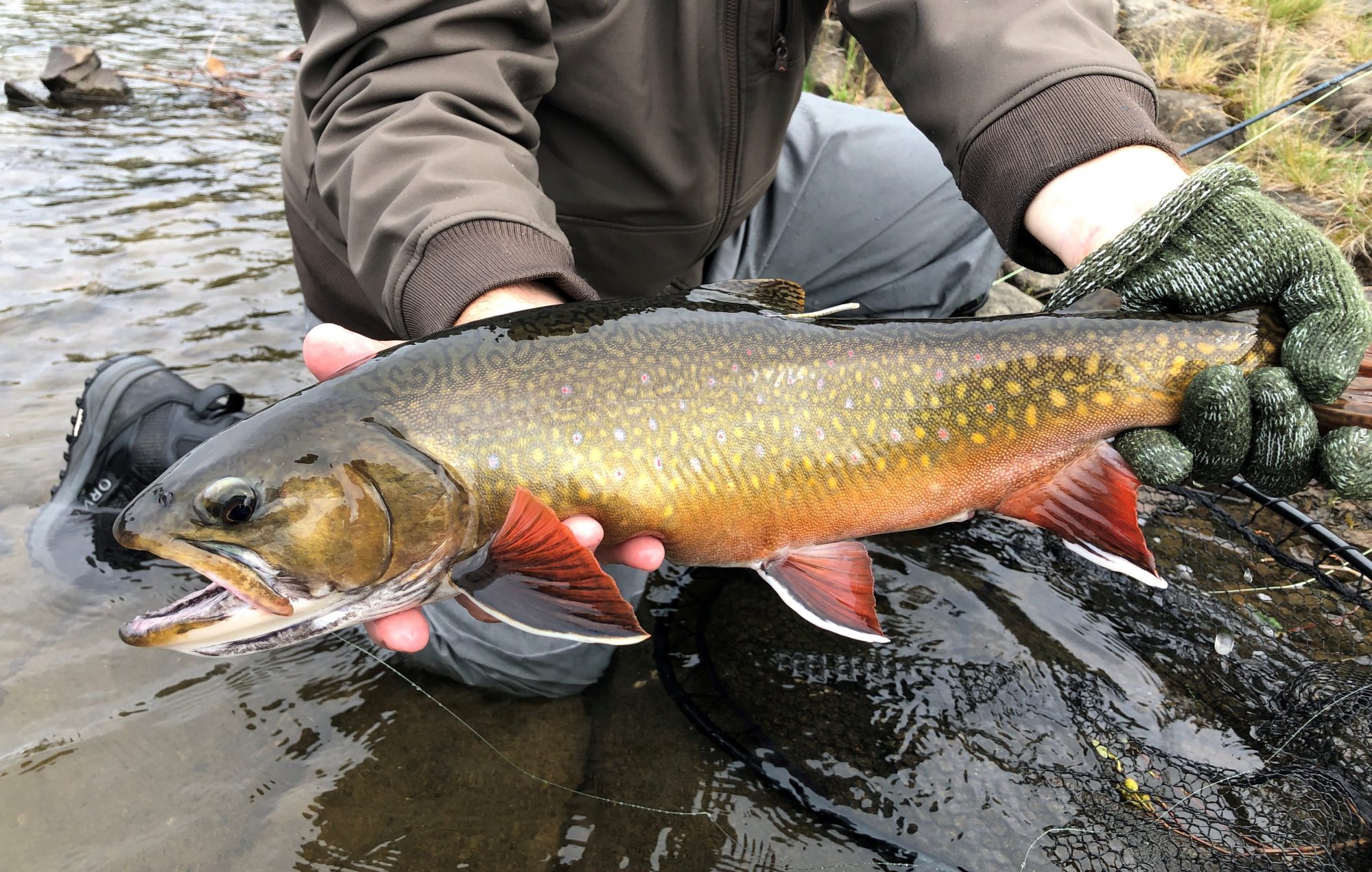
Have the Proper Tools Handy
Trout have a soft mouth compared to Walleye and Northern Pike, yet a hook can be hard to remove. Especially a barbed, treble hook. Without a good set of needle nose pliers, or large hemostats, extracting a hook is difficult and dangerous. When trout are deeply hooked, you need to be able to get down the fish’s throat and twist the hook out. Without the proper tools, the trout is out of the water far too long and will suffocate. Time is of the essence! A fish that is bleeding needs to be released as soon as possible. Brookies can survive a little bleeding, but they will be stressed if de-hooked, handled for pictures and passed around out of the water. As an aside, a trout with a ripped gill is also not always a dead fish. I’ve caught enough healthy trout with a gill hanging out to know this. Cold water really helps the survival of trout, but it has to go back immediately. The colder the water, the more forgiving the release. Brook Trout caught in warmer water will not abide by much handling.
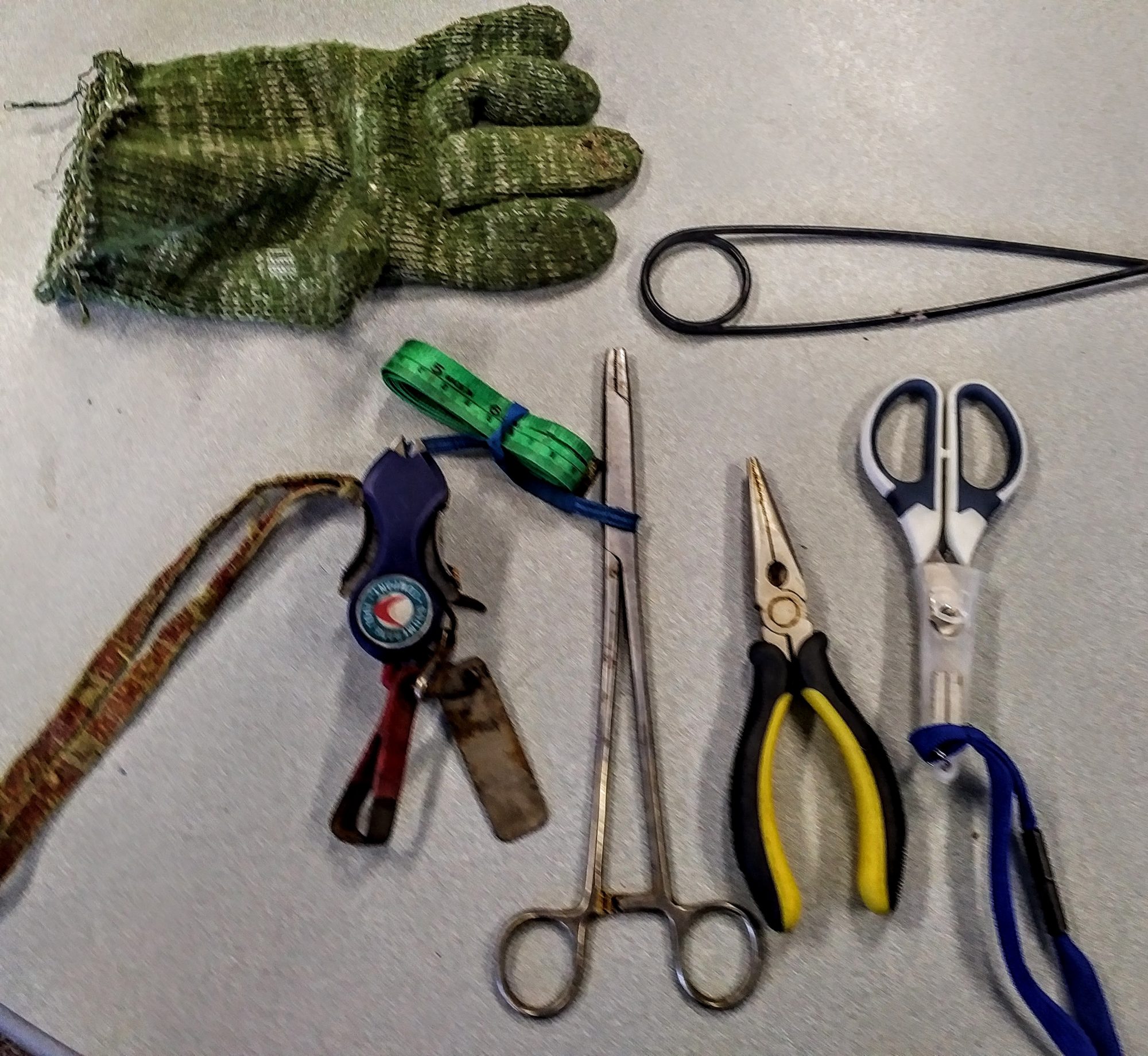
Barbless Hooks
If you fish on Lake Nipigon, you are required to use a single barbless hook. That hook can be a treble, but all barbs must be flattened. In most other parts of Superior Country, barbs and multiple hooks may be used. Research over the years has not revealed large differences in survival between fish caught on barbless and barbed hooks. But one thing is for sure, barbless hooks come out of fish much more easily. On Lake Nipigon, the hook comes out in the net about 70% of the time. That means a lot less handling of fish. If removing hooks from fish bothers you, going barbless will really help. Also, taking the second or third treble off a crankbait will make it easier on the fish and the angler. Those extra trebles can end up in anglers’ hand or a fish’s eye. Both are bad situations.

Handling Brook Trout With A Glove
Yes, you read right. Although a few self-proclaimed social media fish experts loudly declare “gloves are death” for trout, consider this: Every fisheries scientist, biologist and fish technician I’ve known in my 30 plus years as an outdoor educator handled trout with a wet cotton glove. Why? Because trout are slippery, and if you don’t have a firm hold on them, they slip and bounce off boats, rocks and docks. There is NOTHING worse for trout than dropping them.
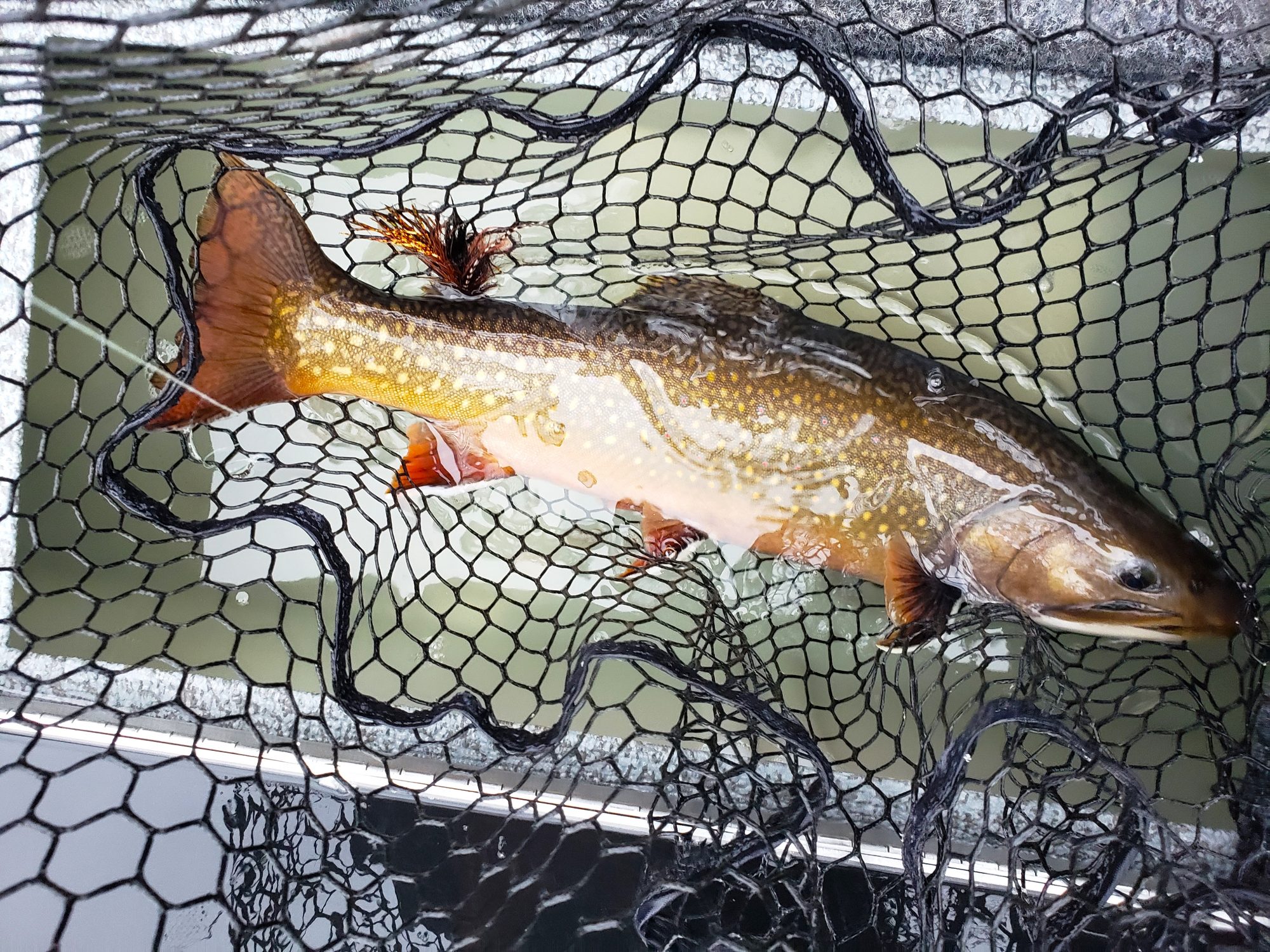
If you don’t want to handle a trout, keep it in a net, remove the hook and let it swim away. No need for a glove. However, if you have bare hands (wet or dry) and try and hold a Brookie, you will likely drop it. I’ve seen this happen on the edge of rivers, and in boats. Someone is posing for a hero shot and the fish squirms and gets dropped on its head. Also, if you hold a trout with a dry, bare hand, I suggest it is every bit as bad for trout as a dry glove. Likely worse.
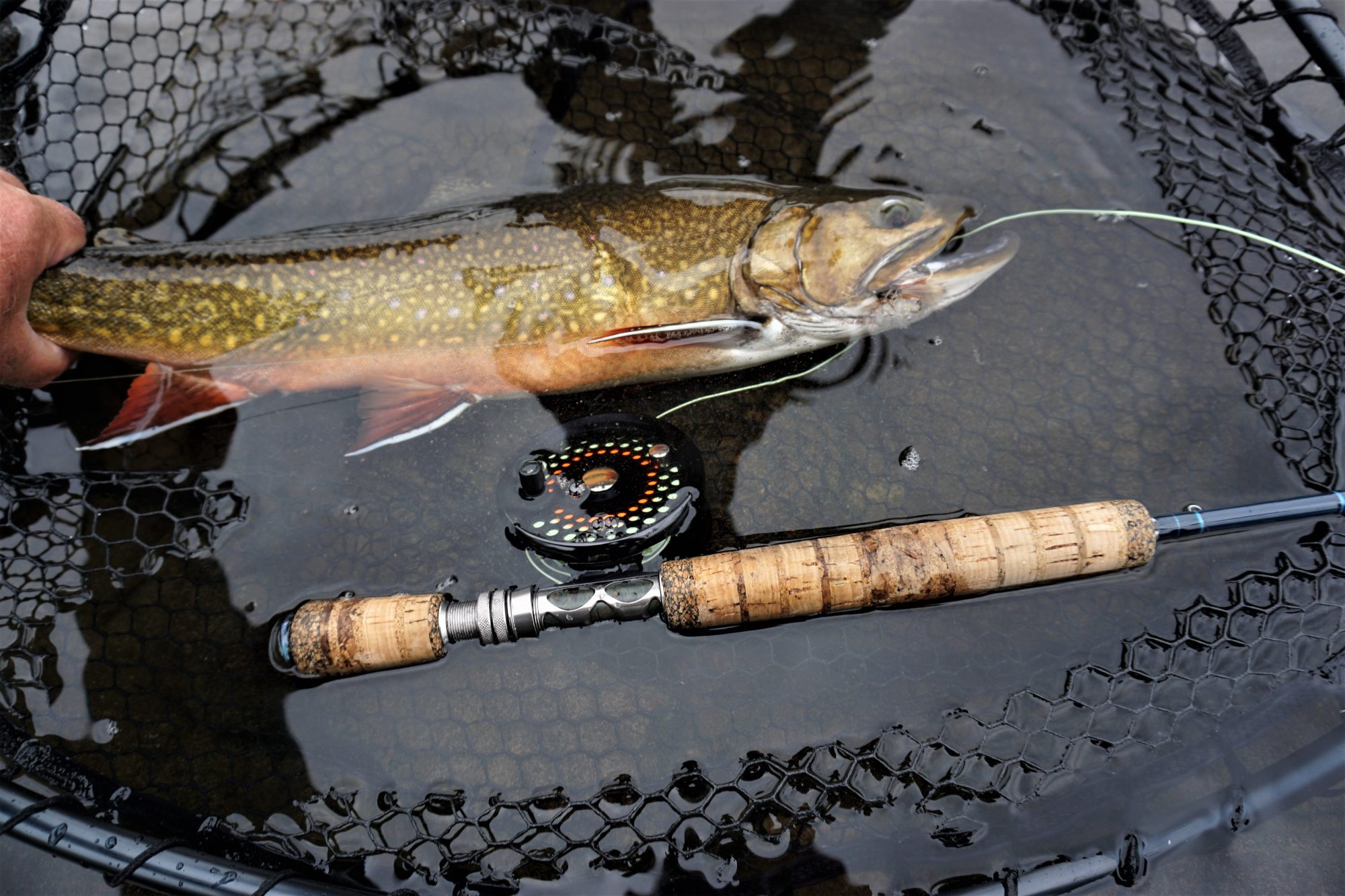
The knock against gloves, now consistently used as a negative comment on posts of people holding trout with them, is they cause fungus. The “evidence” I’ve been pointed to is a video, done in a tank – presumably in laboratory – showing a Brookie that got a fungus a couple days after being handled with a glove. So, we are told, that means all fish everywhere touched by a glove get fungus. Case closed.

The fact is, you can be safely handling Brook Trout, Steelhead and any number of fish species with a wet cotton glove. As mentioned, hundreds of tag returns on Lake Superior and Nipigon – when every single fish has been handled with a glove – prove this. Yet not all gloves are equal. A glove that is too abrasive, or bone dry, will potentially do damage and take trout slime off. But a cotton or fleece glove, nice and damp, will do the job safely. Hold the trout by the wrist of the tail and support its belly.
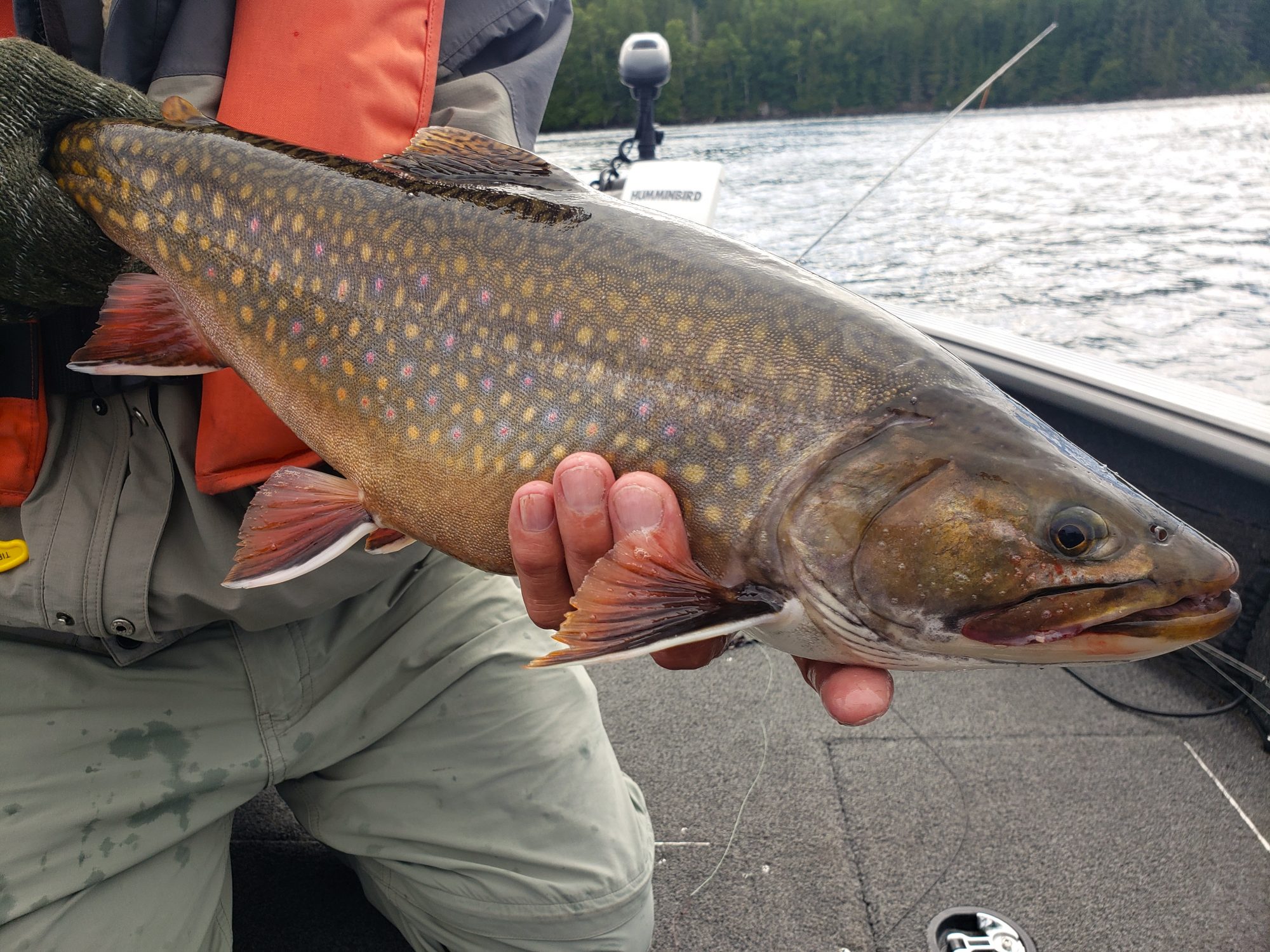
Releasing Trout
The key to a proper release is to be handling Brook Trout for the minimal amount of time as possible, allowing the fish to breathe as much as possible and getting it back into the water quickly. In a boat, an aerated live well or cooler with lake water is good place to put the trout as the hook is removed. Trout appreciate being in water. Streamside, keep it in the net in the water, or hold it by the tail in the water. When releasing fish, hold it by the tail and let it breathe. Moving a trout rapidly backwards and forwards will not help revive it. This may actually drown it. A fish will tell you when it is ready to go by fighting your hand. When it tries to swim, release your hand and let it go. It can take time to release a trout. Be patient.

Practicing how to be properly handling Brook Trout, and releasing them, greatly benefits the sustainability of the species in Superior Country. The fishery would not be where it is today with out that angler good will and care. Thank you for caring about our most glorious sport fish!

 Walleye
Walleye Northern Pike
Northern Pike Lake Trout
Lake Trout Brook Trout
Brook Trout Steelhead
Steelhead Salmon
Salmon Smallmouth Bass
Smallmouth Bass Perch
Perch Superior Picnics
Superior Picnics
